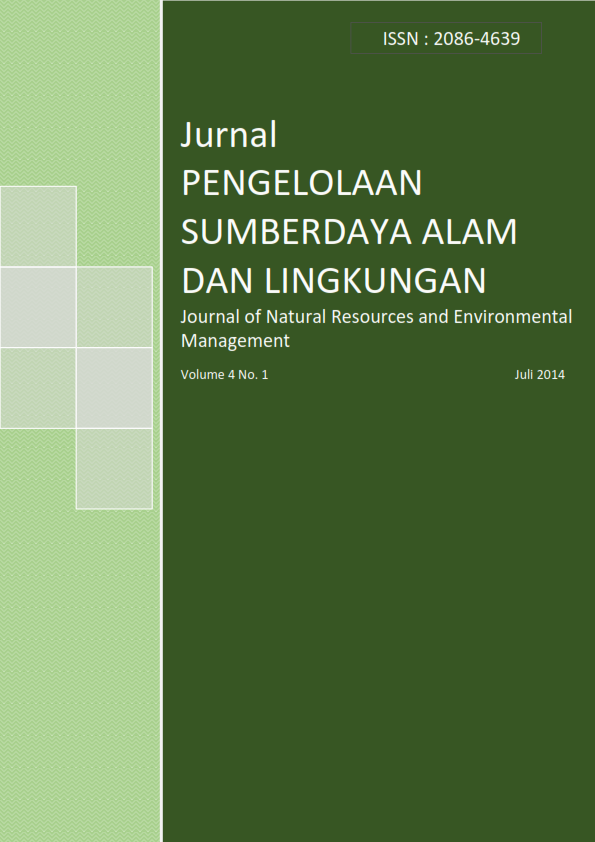ANALISIS POLA KEMITRAAN AGROFORESTRI DALAM RANGKA MENGURANGI ANCAMAN PERAMBAHAN HUTAN (STUDI KASUS TUMPANGSARI TANAMAN PANGAN DI IUPHHK-HT PULAU LAUT KOTABARU KALIMANTAN SELATAN)
Abstract
Indonesia's forest covers about 133 million hectares. Local people of Pulau Laut in Kalimantan used to do shifting cultivation to manage their agricultural activities for food crops in the forest due to its poor soil of minerals and nutrients for years.The increased population and industrial development of forestry, plantation and mining caused decreasing of forest area, hence the shifting cultivation period has been shortened and encroach forest area. In consequence, degradation of the forest area is increasing.This study was conducted to identify how significant the role of agroforestry (“tumpangsari”) to prevent forest encroachment.The objectives of study were to analyze:(1) the contribution of agroforestry as forest partnership management to minimize the encroachment of forest area, (2) the “tumpangsari” cost and revenue,(3) the benefits of this program for local people, the estate forest company and for food security. In general, the growth of Acacia mangium planted in agroforestry model area has better performance compared with those planted in non agroforestry area significantly shown fortwo years of A.mangium growth period. The productivity of rice in “tumpangsari” model was 3.3 tones ha-1which higher than that of in shifting cultivation area in secondary forest of about 3.1 tones ha-1. The revenue from rice cultivation by “tumpangsari” model was Rp 10.032 million ha-1 and the production cost was Rp 5.932 million ha-1 and R/C ratio of about 1.69.This research pointed out that agroforestry have many benefits for minimize forest encroachment as it provides opportunity to increase the rice production through the partnership management on forest land without change its function.
Keywords: agroforestry, “tumpangsari”, forest encroachment, partnershipAuthors
Authors who publish with this journal agree to the following terms:
- Authors retain copyright and grant the journal right of first publication with the work simultaneously licensed under a Creative Commons Attribution License that allows others to share the work with an acknowledgement of the work's authorship and initial publication in this journal.
- Authors are able to enter into separate, additional contractual arrangements for the non-exclusive distribution of the journal's published version of the work (e.g., post it to an institutional repository or publish it in a book), with an acknowledgement of its initial publication in this journal.
- Authors are permitted and encouraged to post their work online (e.g., in institutional repositories or on their website) prior to and during the submission process, as it can lead to productive exchanges, as well as earlier and greater citation of published work (See The Effect of Open Access).






